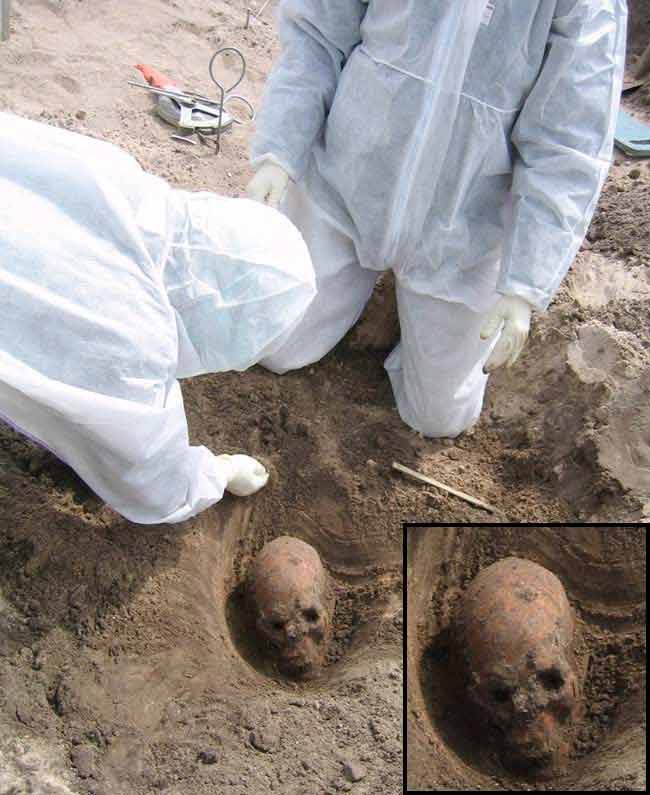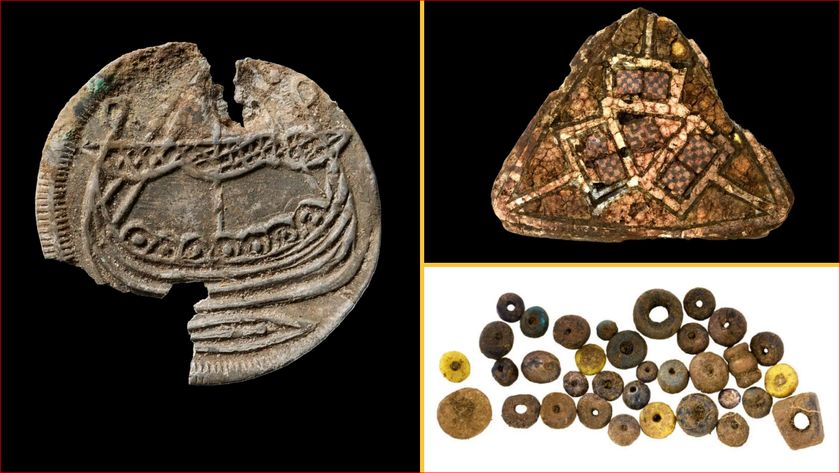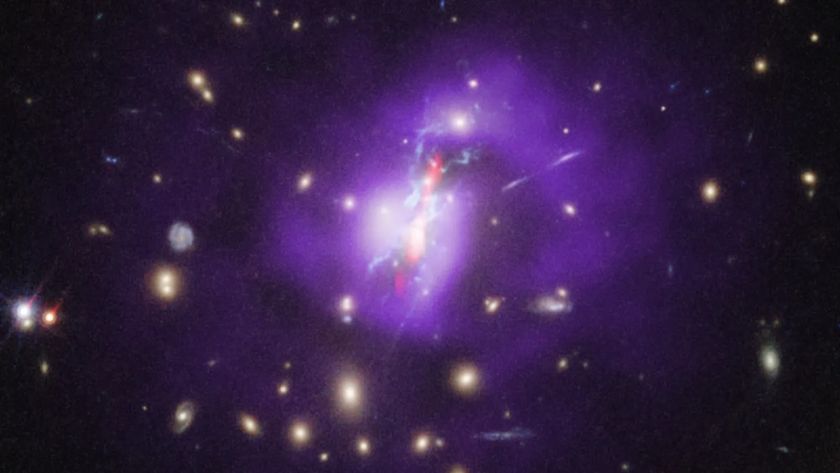DNA Retrieved from 1,000-year-old Vikings

Strands of 1,000-year-old DNA from 10 Viking skeletons have been retrieved, a team of scientists claims.
If true, the achievement would be notable, since many researchers say it is impossible to recover authentic DNA from ancient humans.
Jorgen Dissing of the University of Copenhagen and colleagues say they retrieved the genetic material from the freshly sampled teeth of skeletons dating back to around A.D. 1000 and found at a non-Christian burial site called Galgedil on the Danish island of Funen.
Wearing protective suits, the researchers removed the teeth from the jaw at the moment the skeletons were unearthed, where they had lain untouched for 1,000 years. Subsequent laboratory procedures were carefully controlled to avoid contamination with modern human DNA.
In the past few years, several studies have shown that it is possible to recover authentic ancient human DNA if strict measures are taken to avoid contamination.
"The present work provides further evidence that retrieval of authentic DNA from ancient humans is indeed a possible undertaking provided adequate precautions are observed," the authors wrote in this week's issue of the journal PLoS ONE.
Although “Viking” often refers to pirates and robbers at sea, recent research has indicated that the Vikings were also traders to the fishmongers of Europe. Dissing and his colleagues are interested in family relationships among populations of Vikings and genetic variation among them. The team has also obtained DNA sequence results on other ancient humans — from an early Christian cemetery dating from A.D. 1000 to A.D 1250, two Roman Iron Age settlements from A.D. 0 to A.D. 400 and Greenland Inuit from about A.D. 1450.
Sign up for the Live Science daily newsletter now
Get the world’s most fascinating discoveries delivered straight to your inbox.
Severe problems connected with the retrieval and analysis of DNA from ancient organisms (such as the scarcity of intact molecules) are further aggravated in the case of ancient humans. This is because of the great risk of contamination with abundant DNA from modern humans.
Humans are involved in the analysis every step of the way, from excavation to laboratory analyses. This means that many previous results have subsequently been disputed as attributed to the presence of contaminant DNA from modern humans in the lab and the field.
However, analysis of the Viking DNA showed no evidence of contamination with extraneous DNA, Dissing said, and typing of the DNA gave reproducible results and showed that these individuals were just as diverse as contemporary humans.
Analysis of DNA from the remains of ancient humans provides valuable insights into such questions as the origin of genetic diseases, migration patterns of our forefathers and tribal and family patterns.
"A reliable retrieval of authentic DNA opens the way for a valuable use of prehistoric human remains to elucidate the genetic history of past and extant populations," the authors wrote.
The research was supported by the Velux Foundation.
- Video: Why We Age
- Top 10 Ways We Deal with the Dead
- Quiz: The Artifact Wars



